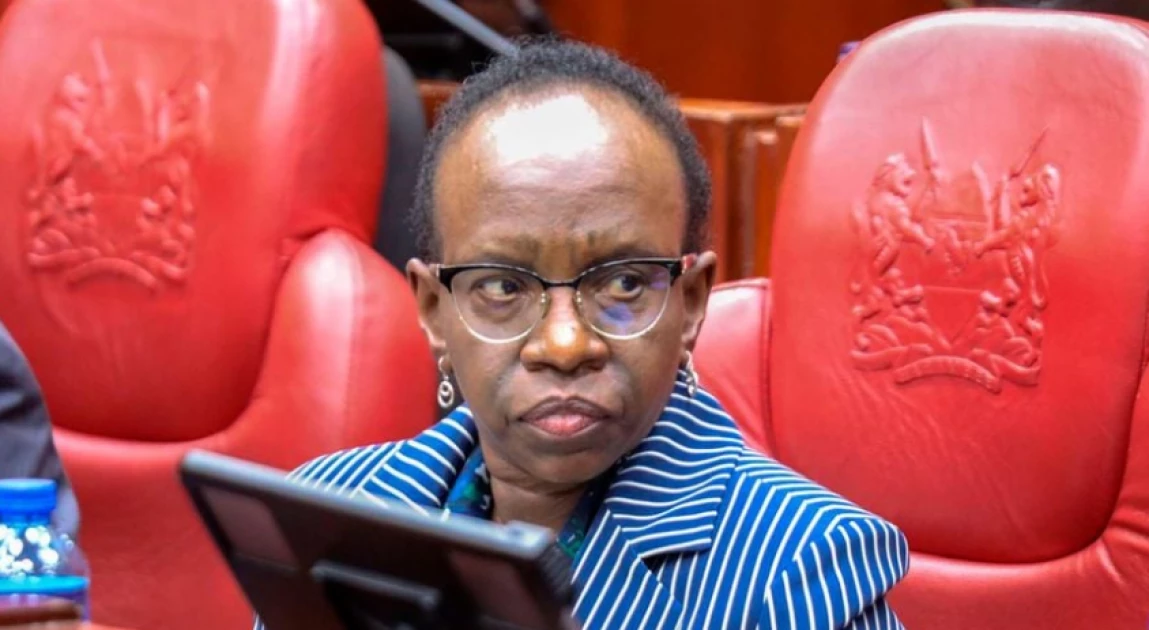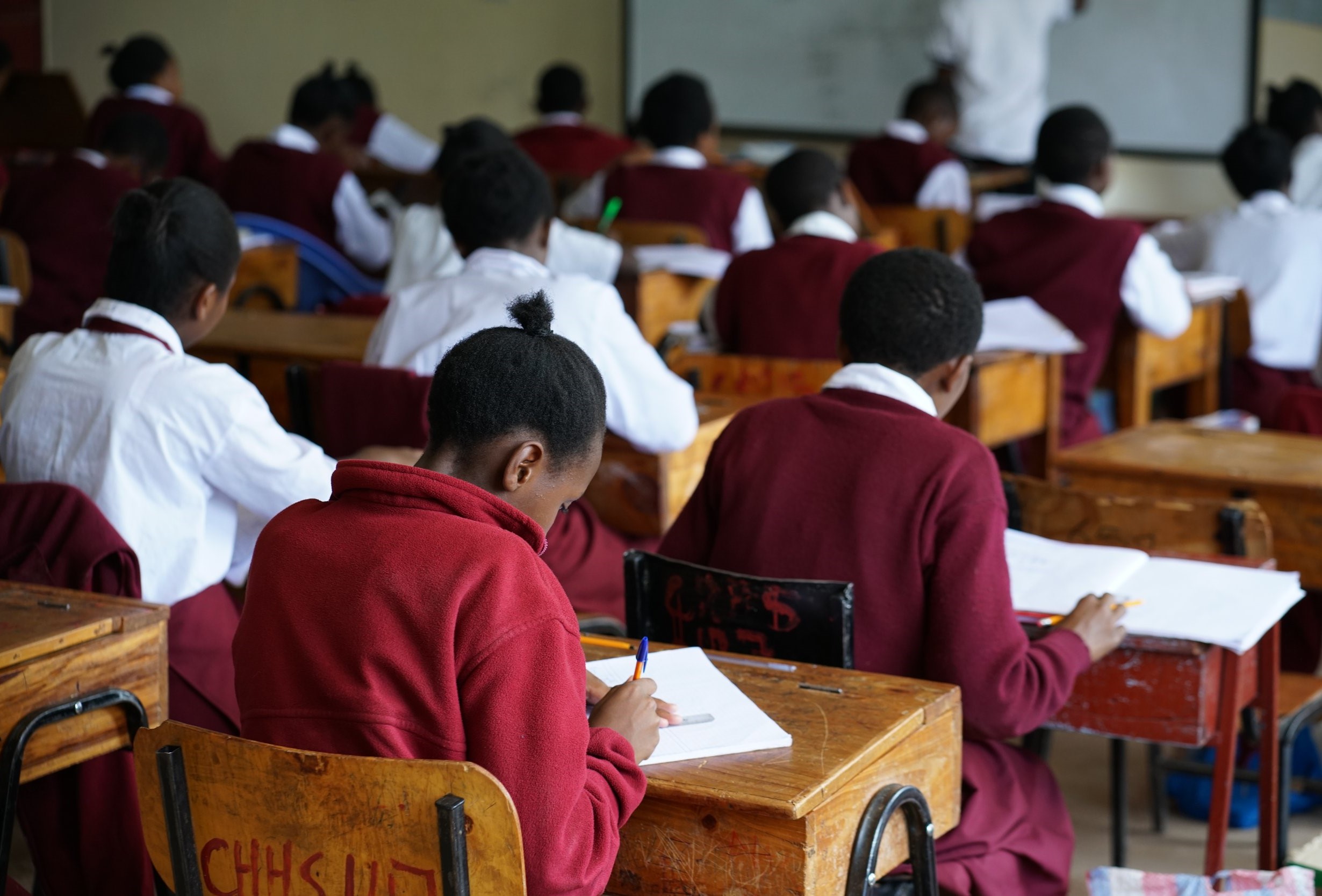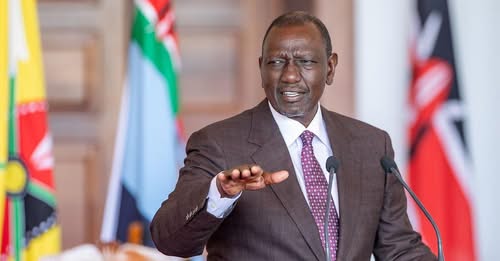Auditor General has revealed how the government lost billions of shillings to 33 non existing school for cumulative four years even as schools capitation hit Ksh 117 billion shortfall.
According to the findings, tabled before the National Assembly’s Public Accounts Committee, out of 83 sampled institutions, 14 non-existent schools received Ksh16.6 billion, while six defunct schools were paid Ksh889, 348. Thirteen schools received Ksh11 million despite discrepancies in their registered names
The audit also exposed serious flaws in the National Education Management Information System (NEMIS), which is used to determine capitation allocations. Discrepancies between NEMIS data and actual enrollment led to overfunding of 723 schools including 354 secondary schools (Ksh3.5 billion), 99 junior secondary schools (Ksh30.8 million), and 270 primary schools (Ksh79.9 million).
Director of Audit Justus Okumu told the committee, chaired by Butere MP Tindi Mwale that in their system schools can be seen but on the ground they are not visible.
ALSO READ:
Train more science, sports teachers for Grade 10, principal tells Govt
“These schools don’t exist in county records. Who authorized these payments? the main problem facing schools is underfunding, the ministry of Education comes up with the budget for various activities for the schools that is always scaled down,” Okumu said.
He added that some of the activities are shelved or are undertaken but end up being pending bills, admitting that ghost schools are in the system but could not be traced on the ground.
“The schools are getting capitation but the education officers could not show us where they were,” Okumu told the MPs.
The report revealed that the scheme was executed between the financial year 2020/21 and 2023/24, even as public schools grabble with underfunding to the tune of KSH117 billion with Secondary schools were the hardest hit, receiving Ksh71 billion less than budgeted. Junior secondary schools missed out on Ksh39.9 billion, while primary schools were short by Ksh14 billion.
The audit faulted the capitation funding model used to disburse the funds, terming it inequitable adding that the current allocation per learner, based on the model, does not factor in the varying needs and circumstances of the students and schools.
ALSO READ:
Education committee questions Universities Fund over mounting billions owed
The auditor also revealed that three secondary schools that received capitation totaling to Ksh103.3 million operated a single bank account, raising more concerns
MP Mudenyo demanded accountability: “We must identify the public officer who pressed the button to send money to ghost schools.”
Conversely, other schools were underfunded, prompting MPs to question the system’s integrity. Funyula MP Oundo Mudenyo accused NEMIS of disenfranchising certain regions. “In many cases, student numbers in NEMIS are half of what exists on the ground. This is a historical injustice,” he said.
MP Mudenyo demanded accountability: “We must identify the public officer who pressed the button to send money to ghost schools.”
Committee Chair Mwale said the Ministry of Education will be summoned to explain the discrepancies. “Special reports are prioritized. We’ll move swiftly and demand answers from the accounting officer,” he stated.
The audit has reignited debate over the reliability of NEMIS and the broader capitation model, with MPs calling for a comprehensive review to prevent further misuse of public funds and ensure equitable support for learners.
By Brian Ndigo and Enock Masaki
You can also follow our social media pages on Twitter: Education News KE and Facebook: Education News Newspaper for timely updates.
>>> Click here to stay up-to-date with trending regional stories
>>> Click here to read more informed opinions on the country’s education landscape






